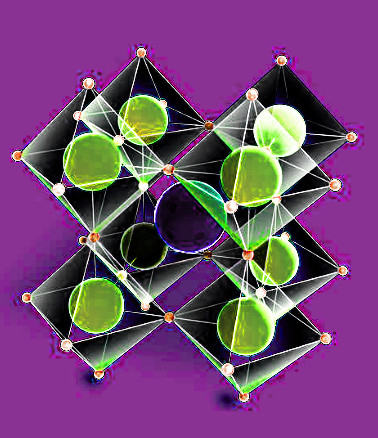Flip-flop qubits perform well
 Australian engineers have demonstrated a new type of quantum bit in silicon, called a ‘flip-flop’ qubit.
Australian engineers have demonstrated a new type of quantum bit in silicon, called a ‘flip-flop’ qubit.
The flip-flip qubit combines the exquisite quantum properties of single atoms, with easy controllability using electric signals, just as those used in ordinary computer chips.
Professor Andrea Morello from UNSW is the leader of a group that has become the first in the world to demonstrate that using the spin of an electron as well as the nuclear spin of a single phosphorus atom in silicon could be used as ‘qubits’ – units of information that are used to make quantum computing calculations.
He explains that while both qubits perform exceptionally well on their own, they require oscillating magnetic fields for their operation.
“Magnetic fields are difficult to localise at the nanometre scale, which is the typical size of the individual quantum computer components,” Prof Morello says.
“This is why the very first proposal for a silicon quantum bit envisaged having all the qubits immersed in a uniform oscillating magnetic field, applied across the whole chip, and then using local electric fields to select which qubit gets operated.”
A few years ago, Prof Morello’s team had a realisation: by defining the qubit as the combined up-down / down-up orientation of the electron and the nucleus of the atom would permit controlling such a qubit using the electric fields alone. The latest result is the experimental demonstration of that visionary idea.
“This new qubit is called ‘flip-flop’ because it’s made out of two spins belonging to the same atom - the electron and the nuclear spin - with the condition that they always point in opposite directions,” says Dr Rostyslav Savytskyy, a lead experimental authors of the paper in which the qubit is demonstrated.
“For example, if the ‘0’ state is ‘electron-down / nucleus -up’ and the ‘1’ state is ‘electron-up / nucleus-down’, changing from ‘0’ to ‘1’ means that the electron ‘flips’ up and the nucleus ‘flops’ down. Hence the name.”
The theory predicted that by displacing the electron with respect to the nucleus, one could program arbitrary quantum states of the flip-flop qubit.
“Our experiment confirms that prediction with perfect accuracy,” says Dr Tim Botzem, another lead experimental author.
“Most importantly, such electron displacement is obtained simply by applying a voltage to a small metallic electrode, instead of irradiating the chip with an oscillating magnetic field. It’s a method that much more closely resembles the type of electrical signal normally routed within conventional silicon computer chips, as we use every day in our computers and smartphones.”
More details are accessible here.







 Print
Print